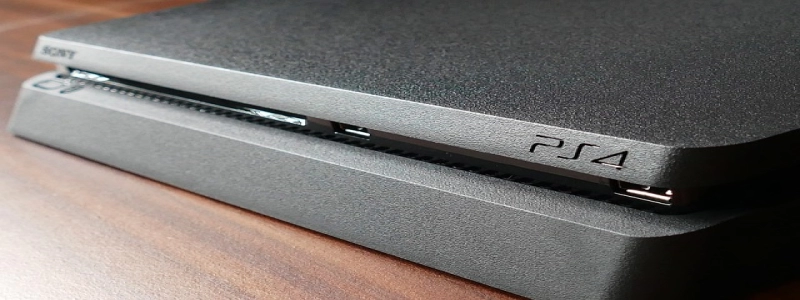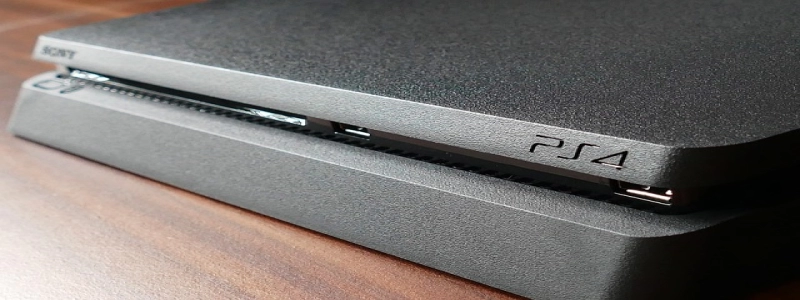SFP Transceiver Types
介紹:
SFP transceivers, also known as small form-factor pluggable transceivers, are a common type of optical transceiver used in networking devices. They provide a reliable and cost-effective solution for transmitting and receiving data over fiber optic cables. This article will explore various types of SFP transceivers and their specific applications.
我. Main Types of SFP Transceivers:
1. SFP:
The standard SFP transceiver, also known as SFP 1G, supports data transmission speeds of up to 1 gigabit per second (Gbps). It uses a duplex LC connector and is commonly used in Ethernet applications. The SFP transceivers are hot-swappable, allowing for easy and quick replacement without disrupting network operations.
2. SFP+:
SFP+ transceivers, also known as SFP 10G, are an enhanced version of the SFP transceiver. They provide higher data transmission speeds of up to 10 Gbps, making them suitable for high-bandwidth applications. SFP+ transceivers are commonly used in data centers, storage area networks, and other high-speed networking environments.
3. XFP:
XFP transceivers, or 10 Gigabit Small Form Factor Pluggable transceivers, are another type of high-speed optical transceiver. They support data rates of up to 10 Gbps and use a duplex LC connector. XFP transceivers are commonly used in telecommunications and networking equipment, as well as in high-performance computing systems.
4. QSFP:
QSFP transceivers, or Quad Small Form Factor Pluggable transceivers, are designed for even higher data transmission speeds. They can support data rates of up to 40 Gbps, or even 100 Gbps in some cases. QSFP transceivers use a higher-density connector with four channels, allowing for more efficient use of network infrastructure. They are commonly used in data centers, high-speed switches, and routers.
二. Applications of SFP Transceivers:
1. 以太網:
SFP transceivers, especially the standard SFP and SFP+ variants, are widely used in Ethernet applications. They provide a flexible and cost-effective solution for connecting switches, routers, and servers over fiber optic cables. The hot-swappable nature of SFP transceivers adds to their convenience in Ethernet environments.
2. Fiber Channel:
SFP transceivers are also used in Fiber Channel applications, which are commonly found in storage area networks (SANs). Fiber Channel SFP transceivers provide a reliable and high-speed connection between storage devices and servers. They can support various Fiber Channel speeds, including 1 Gbps, 2 Gbps, 4 Gbps, 8 Gbps, and 16 Gbps.
3. Wireless Networks:
SFP transceivers can be used in wireless networking equipment, such as wireless access points and wireless backhaul systems. They enable the transmission of data between wireless devices and the network infrastructure over fiber optic cables. SFP transceivers provide a scalable and high-performance solution for wireless connectivity.
結論:
SFP transceivers come in various types, each suited for specific applications and data transmission speeds. From the standard SFP and SFP+ transceivers to the higher-speed XFP and QSFP transceivers, there is a wide range of options to choose from. SFP transceivers provide a reliable and cost-effective solution for connecting networking devices and enabling high-speed data transmission over fiber optic cables.






